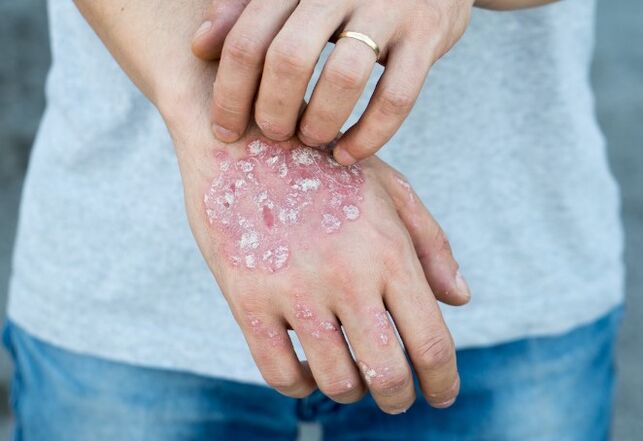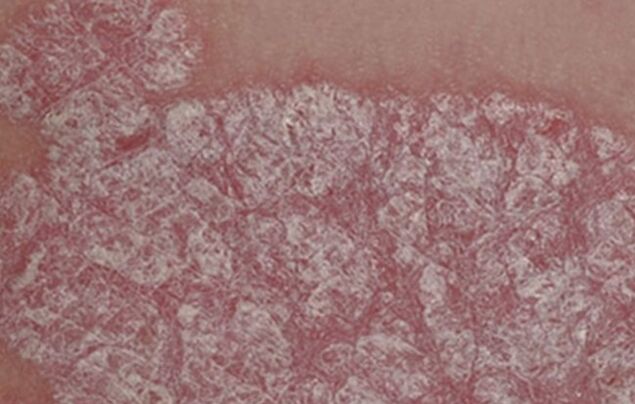Psoriasis, like all other types of chronic skin diseases of an inflammatory nature, has its own stages of development.When diagnosing the disease, the doctor necessarily takes into account not only the variety of the disease, its form, the severity and the cause of the occurrence, but also the stage of development.For an experienced specialist, it is not difficult to determine the stages of psoriasis, as they all vary in specific symptoms, which are almost impossible to confuse.Depending on the manifestations of the disease, the patient is prescribed proper treatment that aims at reducing external symptoms and eliminating factors that provoke the development of the disease.

The onset of illness
Despite the fact that the methods of full cure for psoriasis have not yet been found, as the reasons that provoke the occurrence, forms, types and stages of the development of the disease have not been well created.Thus, in the development and course of the disease, three main stages are distinguished: beginners or progressions, immobile and "fading", regressive.
The characteristic processes for the onset or deterioration of the course of the disease, that is, the progressive phase, is the appearance of neoplasms in the form of a rash on the surface of the skin.At the same time, the redness elements (dot, pronounced, lentisal) tend to peripheral growth.By spreading to healthy areas of the skin, small rashes form psoriatic plaques clearly defined round or oval.
In the progression phase of the disease, the psoriatic plaques are painted in bright pink or red, and a specific peel crust in the absent lesions.The thick ends of loss focus are not covered with white scales.
During the progressive phase of psoriasis, the patient experiences itching, a slight burning sensation in areas of skin lesions, a general small disease.With any contact with dresses and combing areas, new papular rashes appear.
Further development
After 1-4 weeks, the second phase of the development of the disease appears.The process of irritation is weakened, the color of the psoriatic plaque becomes less intense, the red rashes, the formation of new rashes stops.

Papule healing occurs peripheral, that is, from the center to the edges, which determines the characteristic visible form of the tile ring.In the stationary stage, the surface of the lesions is completely covered with scaly crust with a characteristic white color.
In the regressive phase of psoriasis, at the softening phase of the disease and its passage during the prayer period, all lesion focuses are gradually solved, the color of the plaques becomes almost indistinguishable from the color of healthy skin, the peel of the epidermis is significantly reduced, burning and crime decreases.About the focus appears the so -called "collar of Voronov" - a ring with keratinized, dense skin layers.Along the periphery of all rashes, the skin is bleached.The stage of regression of the disease under the influence of adequate intense treatment can take a long time, sometimes up to several months.Then psoriasis is fully drawn, leaving localized trivial plaques in the body in the most common places for this disease (elbows, knees, stomach, buttocks).
In the task of a person suffering from psoriasis, to keep the disease constantly in the phase of forgiveness.Control over all aspects of life and preventing the disease will require stricter - this is no secret.But this is the only way to achieve positive treatment results, adjust them and continue the normal existence in society.























